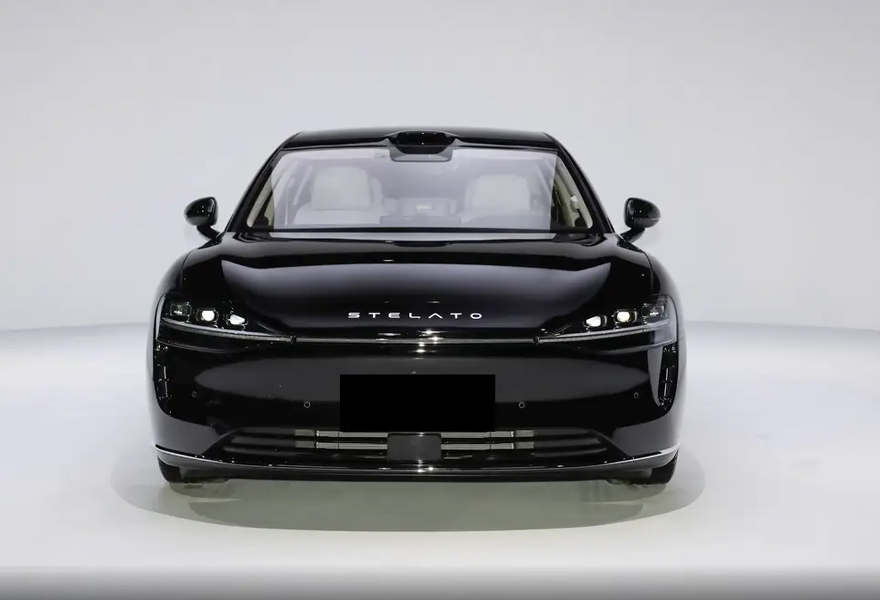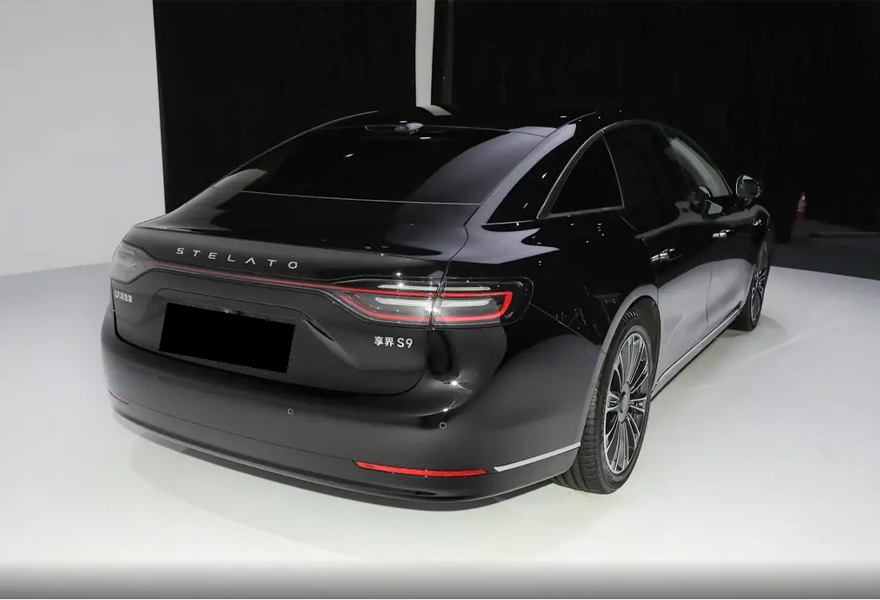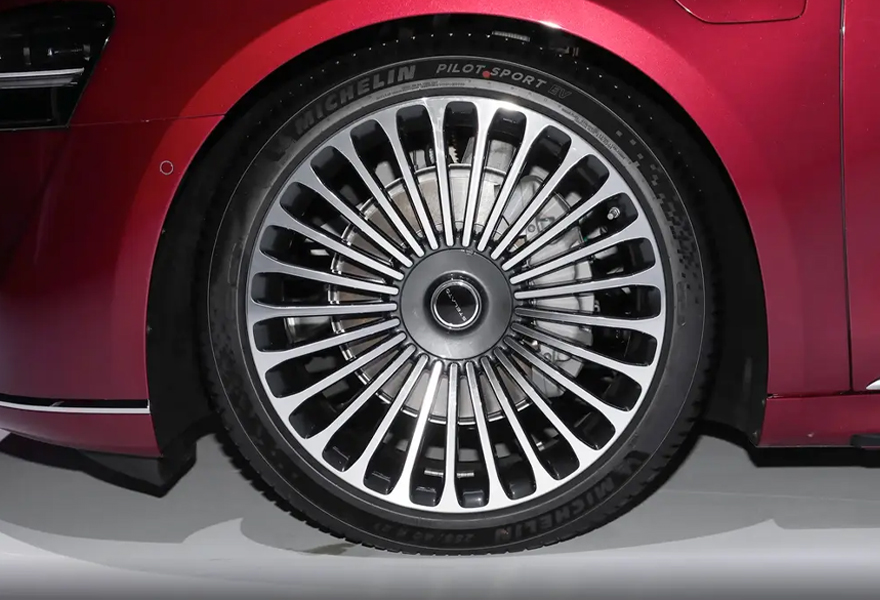Release Date : 2024-08-19
In recent years, traditional fuel vehicles have struggled under the strong presence of new energy vehicles, prompting forward-thinking automakers like BYD, Changan, and Geely to embark on their own transitions, launching a variety of new energy vehicles to empower end consumers. Recently, I noticed that the Stelato S9, jointly developed by BAIC and Huawei, has also been launched. With the arrival of this new model, can it help reverse BAIC's declining sales?

Although the two currently available Stelato S9 models are both pure electric, an extended-range version is expected to be released later. Given the impressive initial sales of 4,800 units in 72 hours, the manufacturer remains confident, as extended-range models typically outperform other energy types in the mid-to-large car segment. However, since only the pure electric version of the Stelato S9 is available for now, let's analyze it to see how its quality stands.
Firstly, in terms of appearance, the Stelato S9 uses smooth lines to outline the body contour, with the sides of the hood raised to create a strong sense of muscle and power. The full and rounded headlights are positioned on either side of the front end, and the entire series comes standard with matrix LED light sources. Features such as adaptive high and low beams, automatic headlights, and delayed headlight shutoff are aligned with user habits.

In terms of body dimensions, the Stelato S9 has a wheelbase of 3050mm, combined with a segmented, non-opening panoramic sunroof, laying the foundation for a good riding experience. Elements like the fastback roofline and 20-inch dynamic wheels create a fashionable and sporty body image. The car's rear end is round and full, with through-type taillights using black housings, and the "Xiangjie S9" logo at the lower right corner indicates the vehicle's identity. The rear tailgate also supports electric opening and closing, adding a sense of luxury to its use.
Inside the Stelato S9's cabin, the "T" shaped central control panel follows Dongfeng aesthetics, with a conventional but smart 12.3-inch + 15.6-inch dual-screen layout. It not only reduces the cost of adaptation for users but also enhances driving enjoyment. The central control screen is equipped with Huawei's HarmonyOS smart system, similar in operation logic to Huawei phones, making it easy to get started. Additionally, the car supports GPS navigation, facial recognition, 5G network, and Hicar smartphone connectivity, which are relatively rare configurations in new energy vehicles of the same price range. Buttons for controlling seats, air conditioning, etc., are integrated into the main menu bar, which looks advanced but sacrifices blind operation capability. Fortunately, the smart voice assistant is quite "intelligent," capable of responding to multiple commands consecutively. The hazard light button is independently placed, easily reachable with a lift of the hand, ensuring no panic in emergencies.

In terms of space, the Stelato S9 seats are covered in Nappa leather, with electric adjustment, heating, ventilation, and massage functions standard across the vehicle. The front row also features memory functions, providing a comfortable driving environment in all climates. For a person 180cm tall sitting in the front driver's seat, there is a fist's worth of space between the head and the roof. In the back row, seatback angles can be adjusted through a control screen, and a suitable driving posture can be found whether on highways or in city streets, with ample head and legroom for relaxation. As for storage space, the Stelato S9 offers 38L and 375L of capacity in the front and rear trunks, respectively. Lifting the rear trunk cover reveals a neat storage area capable of holding multiple pieces of luggage, and folding down the rear seats further expands the volume.
The Stelato S9 offers two power options: a single-motor rear-wheel-drive version and a dual-motor all-wheel-drive version. The rear-wheel-drive model features a 230kW permanent magnet synchronous motor, while the all-wheel-drive flagship version boasts a total power of 390kW with front and rear dual motors. For ordinary consumers, the rear-wheel-drive version is sufficient for daily use in various scenarios. The flagship all-wheel-drive version accelerates from 0 to 100 km/h in 3.9 seconds, offering stronger performance on paper, while four driving modes (sport, comfort, etc.) provide different driving experiences—something worth test-driving.

In terms of range, the Stelato S9 comes with a 100kWh ternary lithium battery, offering a CLTC pure electric range of 721km and 816km. This long range covers most daily travel distances, and thanks to the 800V fast-charging platform, it can charge from 30% to 80% in just 0.25 hours, alleviating range anxiety during long trips. If cost is a concern, there's also an 11-hour slow-charging mode. Overall, the Stelato S9 offers a long range, strong power, and an intelligent system, but with a starting price of 399,800 yuan, I believe it may not be enough to sway rational consumers. What do you think?







.jpg)
.jpg)
.jpg)
.jpg)
.jpg)
.jpg)
.jpg)




